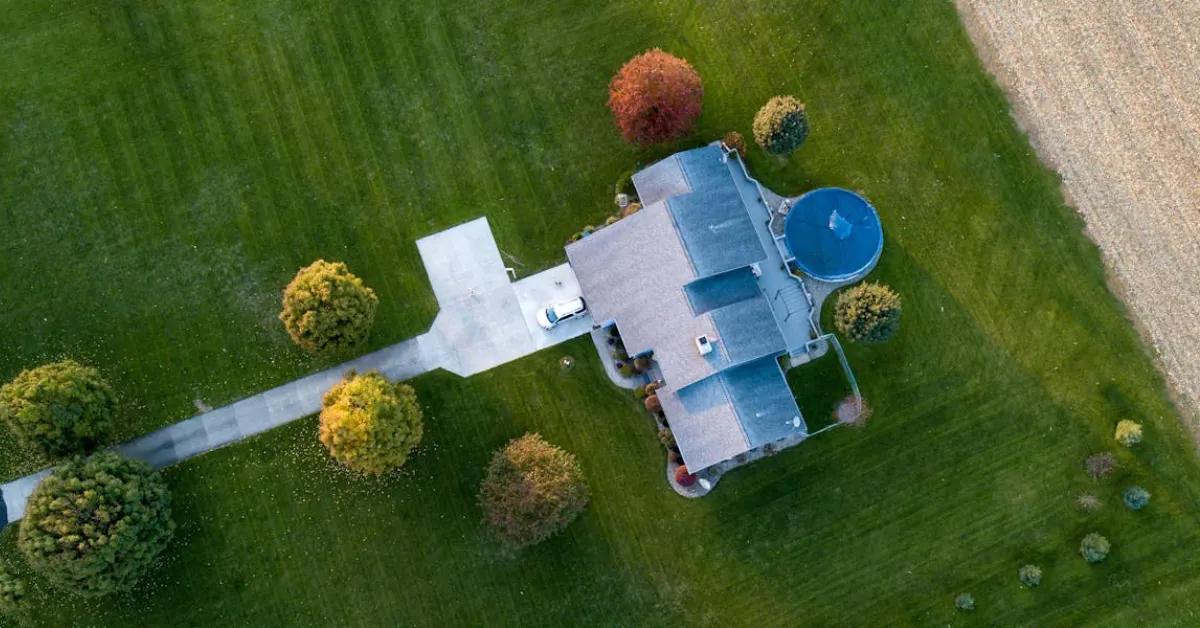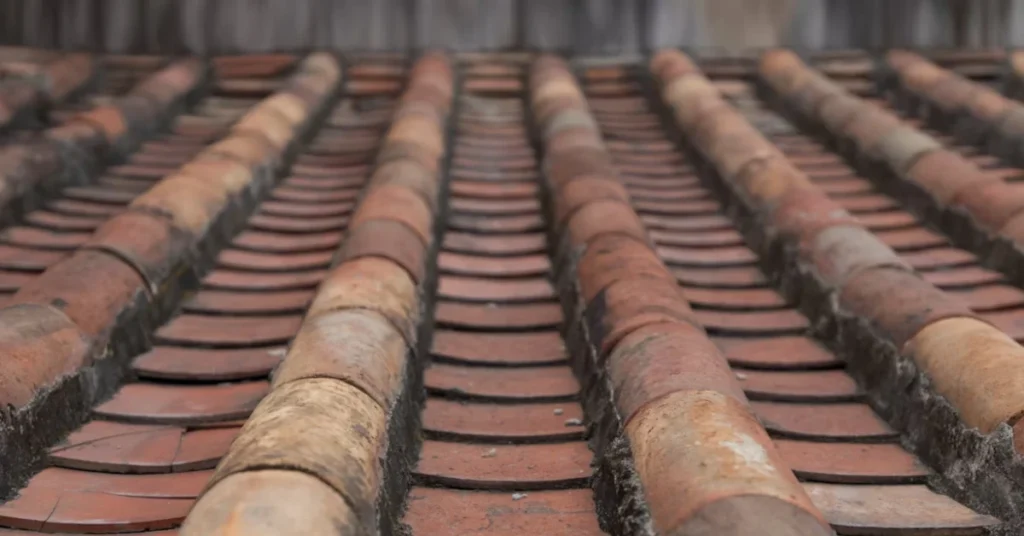A solid, well-maintained roof is crucial to your home’s safety, efficiency, and value. It shields your family from the elements and plays a crucial role in regulating indoor temperatures. Yet many homeowners delay roof remodeling until problems become too big to ignore. The key to avoiding costly damage is recognizing the early signs that your roof needs more than just a quick fix.
Understanding when to act can help preserve your home’s structural integrity and financial investment.
Visible Damage and Frequent Repairs
One of the most obvious indicators that your roof needs remodeling is visible wear and tear. Curling or missing shingles, sagging areas, and dark streaks from algae or moss aren’t just cosmetic issues, they’re signs that your roof is nearing the end of its lifespan. Water stains on your ceilings or walls often point to leaks that may have started small but worsened.
If you find yourself calling in a roofer more than once a year, it may be time to think beyond patchwork repairs. Constant maintenance can add up quickly and may no longer be cost-effective. In cases like these, investing in trusted roofing solutions can provide a longer-term answer and reduce the stress of recurring issues. A full remodel can address underlying structural problems and offer modern, energy-efficient materials that extend your roof’s lifespan by decades.
Rising Energy Bills and Poor Ventilation
Many homeowners don’t realize how closely roof performance ties into their home’s energy efficiency. If you’ve noticed your heating and cooling bills steadily increasing, your roof may be part of the problem. Poor insulation and ventilation can cause warm or cool air to escape, forcing HVAC systems to work harder to maintain indoor comfort.
Older roofs, those built with outdated materials or designs, lack the energy-efficient features common in modern systems. A roof remodel allows you to install proper insulation, reflective coatings, or even solar-ready surfaces. This improves your home’s energy performance, and it boosts its resale value, an important consideration for long-term planning.
Granule Loss and Gutter Debris
Another subtle but important sign is the accumulation of shingle granules in your gutters. Granules help protect asphalt shingles from UV rays and weather exposure. When they start to shed excessively, your shingles become less effective and more vulnerable to damage. You might find larger pieces of roofing material, such as nails or flashing, collecting in your downspouts or around your home’s perimeter.
This kind of debris signals that your roof is deteriorating faster than it should. While a few granules might be normal, a sudden increase indicates that your shingles are breaking down. Remodeling your roof at this point helps prevent structural damage to your decking and underlayment and keeps your home watertight for years to come.
Age and Material Lifespan
Roofs don’t last forever. Depending on the material, most residential roofs have a life expectancy of 15 to 30 years. If your roof is approaching this age, even without visible damage, it’s wise to consider a professional evaluation. Older roofs may no longer meet local building codes or energy standards, making them less safe and less efficient.
Homeowners inherit properties with roofs that haven’t been properly documented or inspected in years. A roof remodel in such situations is a proactive step and one that ensures compliance and insurance eligibility. Don’t wait for damage to force your hand, if your roof has outlived its prime, remodeling is a smart move that pays off in comfort, security, and value.

A roof remodel isn’t just about fixing problems; it’s about making a strategic investment in your home’s future. From boosting energy efficiency to enhancing curb appeal, the benefits are numerous. Paying attention to the signs can help you act before minor issues turn into major headaches. By taking action early and working with experienced professionals, you ensure your home stays safe, comfortable, and protected for years to come.


